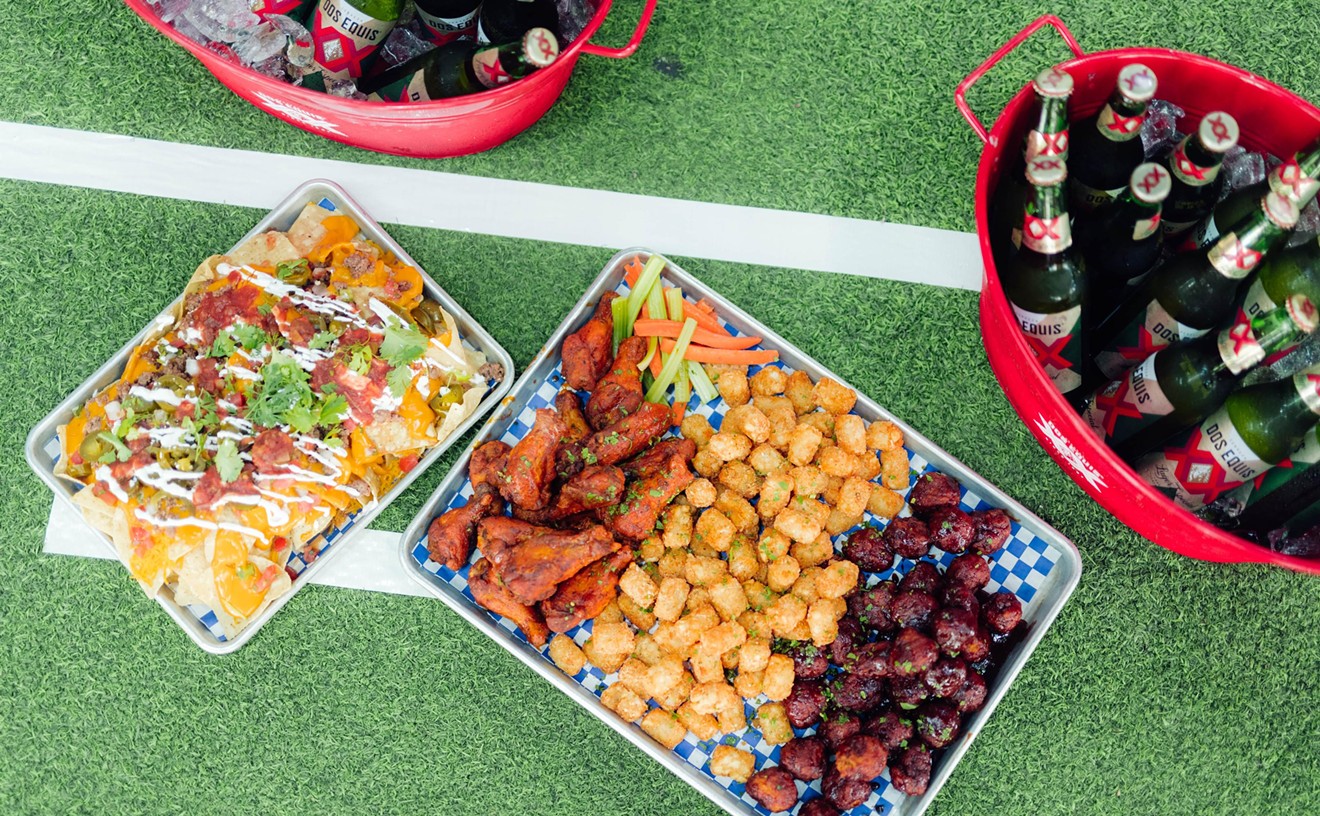Tamales made from iguana?
Oaxaca is famous for its vast and distinctive variety of foods, with a mole for each of its seven regions: foods such as Mole Oaxaqueno (black mole sauce), Oaxacan tamales, Tasajo (thin slices of pounded beef cured in salt) and tortilla Tlayuda (oversize toasted corn tortillas). But gwuachi?
Juana, the seller of iguana tamales, is a Tehuana, a term used to describe the local women of the Isthmus of Tehuantepec. Their culture is distinct from any other indigenous culture in Mexico. With their matriarchal society and traditional dress of bright, floor-length rabona skirts and equally bright embroidered huipiles, they command respect and recognition.
For as many generations as she can remember, the women in Juana's family have gone daily to the local market to sell their goods. They sell the foods of the ancient Zapotec people -- iguana, armadillo and rabbits. Her ritual -- along with her husband, eldest daughter and both father-in-law and mother-in-law -- is to rise hours before the sun and start the daily labor of cooking these archaic culinary treasures.
Seven days a week, Juana starts her day at 3 a.m., saying prayers and lighting candles to the Virgen de Guadalupe around the shrine in her dirt-floored kitchen. Her father-in-law, José, builds a wood fire in a work area just outside the front door of their still-unfinished home.
Hundreds of tied-together iguanas are kept in stock in Juana's furnitureless living room, and Juana, along with her husband, Miguel Angel, picks out the 30 best for the day's tamales. The iguanas are purchased twice a month from a man who brings them to their home from the neighboring state of Chiapas. Because they are protected by the Mexican government, the iguanas must be bought and sold through the black market.
Having selected 15 large, brightly colored green males and 15 smaller black female iguanas, Miguel Angel slaughters each one; he twists the neck of the smaller ones and uses a cleaver on the bigger ones.
Once the slaughter is complete, José begins to place them, one at a time, directly on the fire to char the skin. Juana, her 14-year-old daughter Edit and mother-in-law Rosa begin to methodically remove the charred skin from each iguana. Then they gut them and cut them into portions, being careful to remove any soft egg roe from the females. Roe is a delicacy and only available once a year, during January.
Juana and her family cook the iguanas in a stew -- guisado de iguana -- with tomatoes, onions, garlic and achiote paste. The stew simmers for an hour and can be served with warm tortillas.
While the guisado is cooling, this Oaxacan family moves quickly and expertly to clean and prepare for the next task, making the iguana tamales.
It's still dark outside, with a typical Isthmus cold wind blowing and chilling the air, and the family smiles and jokes with each other in their Asian-sounding native language, Zapoteca, as they lay out the tamale preparation table and get the masa and mole amarillo (prepared the previous night) in place for the production.
Just outside Juana's kitchen window is a large tree with almost-ripe plantains. From this tree, she carefully selects the large leaves used for the wrapping of the tamales.
She spreads masa on a plantain leaf square, adds a piece of iguana, covers it with mole and folds the leaf from left to right, top to bottom. The finished tamales are placed in a steamer and steamed for an hour at medium heat.
By the time the sun appears over the horizon and the early morning dew subsides, the family has already cleaned their work area and has moved on to their individual daily tasks. Juana is ready to head out to the Tehuantepec mercado. Carefully placing her goods in an oversize handmade basket, she slowly lifts it onto her head, magically balancing it on a scarf.
By 8 a.m., Tehuantepec is buzzing with these beautiful Zapotec women carrying their goods to market, an array of color moving sensually and hypnotically through the streets of town. Once at market, the calls and chants begin.
Compared to other goods, Juana's guisado and tamales are expensive. A tamale will cost $1, and you can purchase a tail and leg of iguana for about $1.70.
But the price is not a deterrent for the local Tehuantepec people. By noon, the goods are gone and Juana cleans her little corner table near the entrance to this dark and drab market. With the sun high above, she balances her basket on her head once again, this time for the trip home.
By the way, yes, iguanas taste like chicken.
Silvana Salcido is a Phoenix-area chef who is spending a year traveling in Mexico and studying the country's regional cooking and cuisine.










